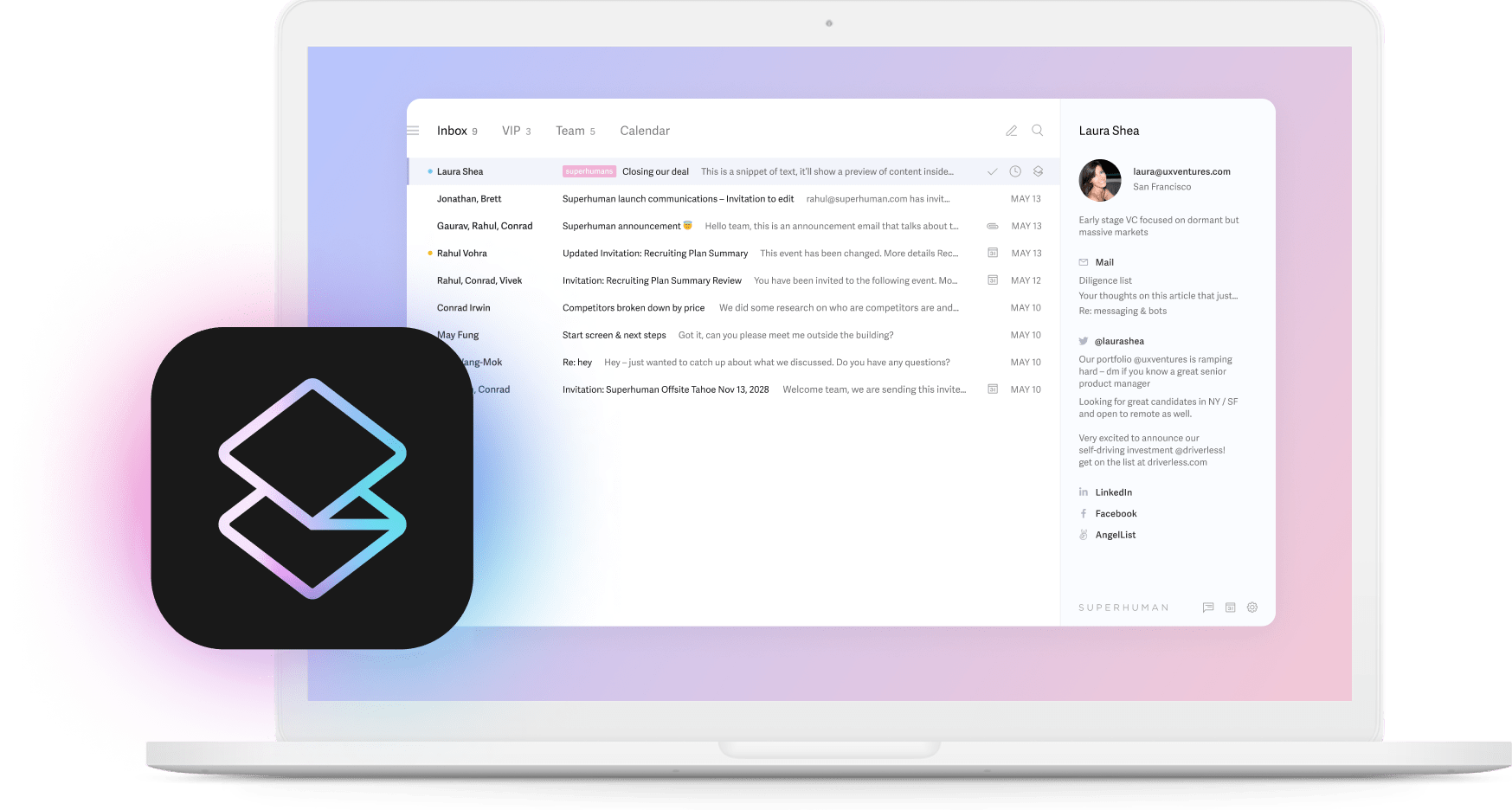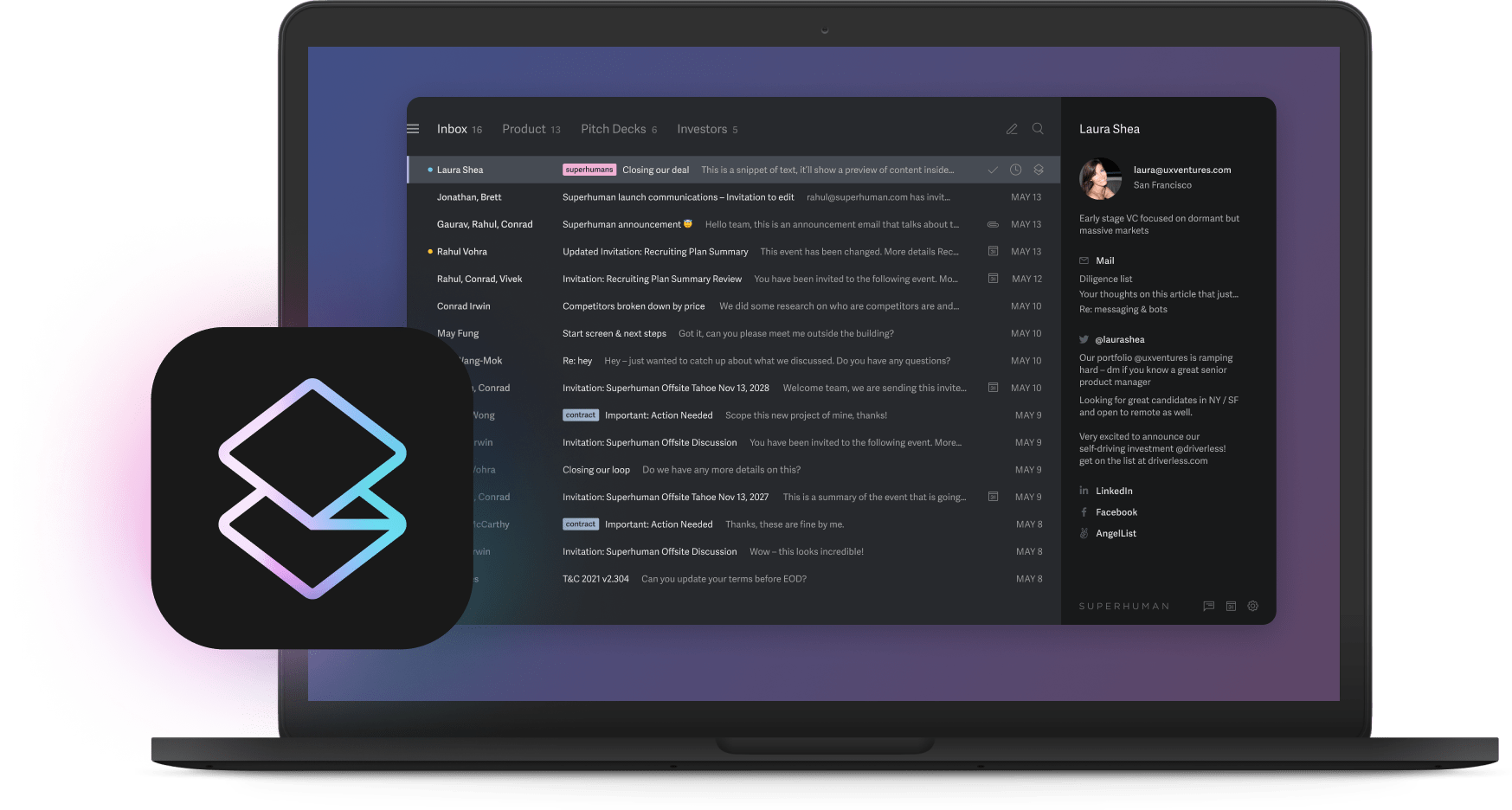
While you read this, companies running agentic AI systems are finishing more work than yours, and that advantage compounds fast. Top performers are clocking additional output and pulling further ahead every quarter, creating a performance gap that widens with each passing month.
Nearly 90% of leaders now see AI as mission-critical, not optional. That consensus is pushing the gap wider, as forward-thinking organizations embed autonomous systems into their core operations while others hesitate on the sidelines.
The question for 2025 isn't whether to roll out agentic AI. We're past that point. The real question is whether you'll join the leaders or watch from the sidelines as their advantage becomes permanent.
What is agentic AI?
Agentic AI refers to autonomous artificial intelligence systems that operate independently to achieve specific business objectives without continuous human supervision. These systems possess four core capabilities: autonomous decision-making, goal-driven task execution, environmental perception and adaptation, and self-directed learning from outcomes.
Unlike traditional AI that responds to prompts with single outputs, agentic AI navigates complex, multi-step workflows independently, adjusting strategies based on real-time feedback and changing conditions.
The technology represents a fundamental shift from reactive automation to proactive operation. Where conventional AI tools require human initiation and guidance at each step, agentic systems plan entire sequences of actions, execute them autonomously, and iterate based on results.
Within enterprise environments, this translates to capabilities such as cross-system orchestration, dynamic resource allocation, predictive intervention before problems escalate, and continuous workflow optimization without manual oversight.
Key benefits of agentic AI for enterprises
The commercial promise of agentic AI goes beyond simple automation. According to Superhuman's State of Productivity AI report, professionals using AI tools save at least one full workday every single week. For agentic systems specifically, the benefits multiply:
• 24/7 operational capacity - Agents work continuously without breaks, handling customer inquiries, processing transactions, and monitoring systems around the clock
• Horizontal scalability - Adding capacity means deploying more agents, not hiring and training new staff
• Compound learning effects - Each interaction improves the system, with knowledge instantly shared across all agents
• Error reduction - Agents follow consistent processes without fatigue or distraction
• Instant expertise distribution - Best practices discovered by one agent immediately benefit the entire system
Consider how this plays out in practice. A customer support agent spots a surge in similar tickets, updates the knowledge base proactively, escalates a product bug to engineering, and adjusts response templates, all before a human notices the pattern.
This autonomous problem-solving creates operational efficiency that compounds over time.
Enterprise adoption trends and market dynamics
The shift from experiment to necessity is accelerating rapidly. Gartner projects that enterprise software with autonomous capabilities will jump from under 1% in 2024 to 33% by 2028. This explosive growth reflects a fundamental change in how businesses view intelligent automation.
VC-backed tech companies lead adoption, with their AI-first culture enabling rapid deployment of agent systems that qualify leads, triage support tickets, and generate code releases autonomously.
Financial services firms follow closely, drawn by the promise of autonomous trading, real-time fraud detection, and automated compliance with full audit trails. Consulting giants occupy a unique position as both consumers and vendors, using internal agents to draft proposals while packaging similar capabilities for clients.
Our AI productivity report reveals that 66% of professionals expect at least a 3x increase in productivity within five years. Industry-leading companies are already 3x more likely to report significant productivity gains from AI technology. These aren't incremental improvements but fundamental shifts in operational capacity.
Early adopters report measurable advantages: customer service agents resolving issues before customers notice them, IT incidents prevented through predictive maintenance, and sales cycles compressed through self-directed outreach. The gap between leaders and laggards widens monthly, with AI investment accelerating across all sectors according to Morgan Stanley's TMT research.
Common barriers and solutions
Despite clear benefits, many enterprises stall on implementation. Understanding and addressing these barriers systematically makes the difference between successful deployment and costly failure.
- Legacy system integration presents the first challenge. Autonomous agents need clean APIs and real-time data streams, but core platforms often predate modern integration standards. Enterprise teams consistently encounter dozens of incompatible tools and databases blocking agent deployment. The solution requires methodical API modernization, starting with high-value workflows and expanding systematically.
- Infrastructure limitations compound integration challenges. Intelligent systems generate massive data volumes, require constant model updates, and demand low-latency responses. Older infrastructure buckles under these loads. Smart organizations address this through hybrid cloud architectures that provide scalability while maintaining security.
- Regulatory compliance adds complexity, particularly in finance and healthcare. Privacy, audit requirements, and data sovereignty top the concern list for regulated industries. Every autonomous decision must be traceable and reversible. Success requires building compliance into the architecture from day one, not bolting it on later.
- Organizational trust represents perhaps the greatest barrier. According to our productivity report, 87% believe AI at work is necessary to maintain competitive advantage, yet finance teams specifically cite trust as their primary concern about autonomous decision-making. Teams worry about job displacement while leaders question ROI after previous automation disappointments.
Strategic implementation framework
Breaking through requires systematic execution across five phases:
Phase 1: Audit and opportunity mapping
Map every repetitive, high-volume task across your organization. Document decision trees, calculate time spent, and estimate potential ROI. This groundwork creates the business case leadership needs while identifying quick wins that build momentum.
Phase 2: Prioritization and selection
Evaluate opportunities on two dimensions: speed to value and strategic importance. Quick wins like automated ticket routing prove the concept, while transformational plays like dynamic supply chain optimization deliver competitive advantage. The Kyndryl framework provides useful risk scoring criteria for prioritization.
Phase 3: Pilot execution
Create isolated test environments that mirror production systems without risking live data. Define success metrics upfront, including cycle time reduction, error rates, and returned employee hours. Run controlled experiments against current processes, gathering data for scaling decisions.
Phase 4: Scaling and optimization
Roll successful pilots across business units systematically. Monitor performance continuously, as adaptive agents can drift from intended behaviors. According to Gigster's analysis, up to 40% of deployments stall during scaling due to inadequate governance.
Phase 5: Governance establishment
Create an AI ethics committee, mandate comprehensive audit trails, and establish clear escalation points. The ISG measurement framework links these controls to enterprise objectives, keeping value and risk visible to leadership.
Throughout implementation, think in capability tiers. Foundation tier secures data and establishes monitoring. Workflow tier embeds semi-autonomous patterns into existing processes. Autonomous tier unlocks goal-directed agents operating within defined boundaries. This progression ensures control while building toward transformation.
Practical integration with existing tools
Successful agentic AI deployment doesn't mean replacing your entire tech stack. The most effective implementations augment existing systems, particularly in communication and collaboration tools where professionals spend over half their workday.
For organizations already using advanced productivity platforms like Superhuman, the path to autonomous workflows becomes clearer. Features like Split Inbox automatically prioritize critical messages, while Auto Summarize condenses lengthy email conversations into actionable insights. These capabilities provide the structured data that agentic systems need to make intelligent decisions.
Consider how Instant Reply in Superhuman already suggests contextual responses. Agentic AI takes this further, drafting complete responses, scheduling follow-ups, and even triggering actions in connected systems based on email content. Shared Conversations enable teams to collaborate on complex decisions directly within email threads, creating the feedback loops that help agents learn optimal responses.
The integration extends beyond email. When agents need to communicate standardized information, Snippets ensure consistent messaging while maintaining personalization. This combination of human creativity and machine efficiency exemplifies successful human-AI collaboration.
Decision-maker FAQ
Is agentic AI suitable for regulated sectors? Yes, with proper controls. Successful deployments in finance and healthcare prove feasibility. Build compliance into your architecture through immutable audit logs, role-based access controls, and explainable decision processes. Start with low-risk workflows to establish trust before expanding.
When should we expect ROI? Initial time savings often appear within one quarter. According to our productivity report, top performers are already 14% more productive with current AI tools. Full transformation typically requires 3-5 years as infrastructure, skills, and governance mature. Early wins provide proof points for continued investment.
What skills do leaders need? Data literacy to interpret dashboards, AI fluency to spot anomalies, and change leadership to guide teams through workflow evolution. The ability to bridge technical and business domains becomes critical. Pair these capabilities with collaborative mindsets that keep human expertise central to the process.
How do we select vendors? Prioritize technical fit through vendor-agnostic APIs and robust integration capabilities. Look for transparent monitoring, clear exit terms, and data portability guarantees. Red flags include opaque pricing, limited sandboxes, or vague development roadmaps. Seek partnerships with aligned success metrics, not just service agreements.
The path forward
Your competitors using autonomous AI systems are already pulling ahead. They're automating complex workflows, freeing their best people for strategic work, and compounding their advantage daily. The technology works, the ROI is proven, and the race is accelerating.
The companies capturing these gains share common traits. They start with focused pilots, build trust through transparency, and scale systematically. They treat agentic AI not as a threat but as a force multiplier for human capability. Most importantly, they're moving now, not waiting for perfect conditions that will never arrive.
The choice facing every enterprise leader is stark but simple. You can set the pace or scramble to catch up. Organizations embracing intelligent automation today will define tomorrow's competitive landscape.
Those hesitating will find themselves playing an increasingly difficult game of catch-up, competing against rivals whose autonomous systems improve continuously, work tirelessly, and scale effortlessly.
Ready to join the leaders? Start with a clear audit of your highest-volume workflows. Pick one process where autonomous operation would deliver immediate value. Run a controlled pilot with clear success metrics. Build from there, systematically and strategically.
The future of enterprise productivity isn't coming. For those paying attention, it's already here. The only question is whether you'll help write that future or simply react to it. For teams ready to lead this transformation, tools like Superhuman provide the foundation for AI-augmented productivity that makes every professional more effective.
Transform your team's productivity today and see why industry leaders choose Superhuman as their competitive advantage in the age of AI.





